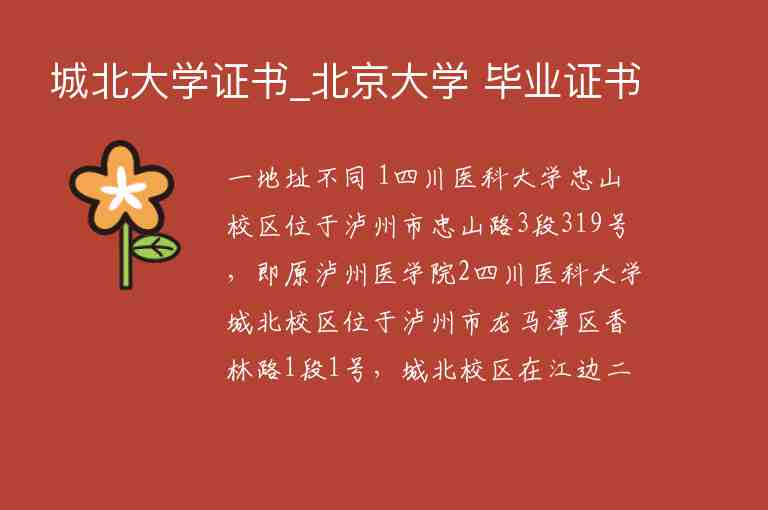
托福的口语考试中,task4是很重要的一个部分,大家在准备的时候需要参考模板。跟着出国留学网的小编了解一下托福口语task4模板及备考技巧。
托福口语TASK4出题方式
托福口语第四题Academic Lecture是普遍觉得比较难的一道题,托福口语第四题类型丰富,考题涉及较多学术名词和动物名,学术范围主要都是与留学的相关科目,分为生物、心理学和市场营销三种类型。涵盖的范围主要包括生命科学、社会科学、自然科学和人文科学。
它的题目流程和Task3是一样的,也是Read/Listen/Speak三者结合,都属于integrated speaking题型。不过是关于an academic topic,要考察你ablity of combining the main information of the reading with that of what you heared.
托福口语第四题出题方式:
1. 先听听力材料的前两句话,老师会给出所听内容的概括性介绍。再结合阅读给出的概念。
2. 再听举例说明。其方法通常是举出扩展事例,举反例或是短文中概念的实际应用。
3. 用35秒看完短文,然后用10S的时间,用2句话总结出短文所介绍的概念或现象(尽量用短文中的词汇)。听段子的时候,要听结构(1+2),还要听例子中涉及到的3个基本要素(实验对象,实验过程,实验结果)。多记实词(N+V)以及数字与时间。
新托福口语Task4题目:间接模仿
Integrated Speaking:Term& Examples
题目
[名词解释]Indirect mimicry: 一些生物会制造一些“影分身”来吸引捕猎者的注意,好让自己逃脱。
[听力] 教授举了一种特殊的蜘蛛的例子,这种蜘蛛会用树叶在网上做很多很多的假蜘蛛,从而来confuse鸟类和其他predator来硬赢得逃跑的时间。
[Question] 用教授的例子解释对这个概念的理解。
难度分析及注意事项
此题是有关生物自我保护的一篇lecture,听力中的例子并不难,此题属于之前90分班课上讲解的类型之一,是课上必将的经典题目之一。
难度:适中
阅读
标题:Indirect Mimicry
定义:Animals may create a imitation which resembles them to have an opportunity to escape if being attacked by their predators.
听力例子:One New Zealand spider always collects long thin leaves because when these leaves dry, they look like the spiders a lot. The dry leaves become bright brown which may confuse the predators, like birds when thet pass the spiders’ web. The birds are likely to attack the gathered leaves and the spider could have a chance to escape.
试题分析
Reading
Social Interaction
People deal with each other every day. This interaction is at the heart of social life. The study of social interaction is concerned with the influence people have over one another's behavior. People take each other into account in their daily behavior and in fact, the very presence of others can affect behavior. For example, one principle of social interaction, audience effects, suggests that individuals' work is affected by their knowledge that they are visible to others, that the presence of others tends to alter the way people behave or perform an activity.
Explain how the examples of tying shoes and learning to type demonstrate the principle of audience effects.
听力部分略
Sample answer1
Here we talk about the way we interact each other. What we know and what we want and the others’ presence, behaviors will tend to our actions. This is an example of typing shoes and learning to type which demonstrates the principle of audience effects. Indeed we know we should affect common behaviors. If we type shoes faster, we could make more mistakes.
解析:
Sample1把重点都放在了一些比较理论的叙述上,而缺乏了对tying shoes这个事例的介绍和分析。首先,大家要注意调整好你所陈述topic的主观即理论部分和事例部分各自所占的合理分配比例。为什么这样说呢?因为在我所接触的客户中,在做Task4时往往是走两个极端的路线,要么都是纯理论的阐述要么就是偏重于listening中的事例说明,都没有完美地把两部分结合。
Sample answer2
There are two groups of students must have type their shoes. The first group which is told they will be observed type faster than the second group which is not told that they are observed. This is the first principle of the audience effect. Secondly, people who are told they are observed, when they are typing, they make more mistakes than the second group who are not told they are observed. This is the second principle of the audience effect.
解析:
(1)纵观Sample2的陈述,他表达地较有条理,但是和Sample1相比较,它正好缺乏对the principle of audience effects的理论部分陈述,如果把Sample1 和Sample2的表达结合一下就完美了。
(2)语言表达多样性有待提高。在Sample2中多次听到they are observed这种表达,这样就显得客户词汇量有限,其实可以把observe和watch互换地应用!托友们应该注意了!
(3)指示词和过渡词的有效运用。本段中使用了secondly,这很好!但是回头看前面的陈述并没有发现firstly,所以这样整体听起来就显得有点突兀、不连贯。指示词和过渡词的恰当使用无论在口语中还是写作中都起着举足轻重的作用。它会使你的口语表达重点突出,层次分明,更加流畅,过渡也更加自然。下面就列举一些常用的指示词和过渡词,希望大家多多应用在自己的口语表达和写作中。
指示词:First Second Third Fourth
Finally Then Next After that
Most importantly Another Furthermore Moreover
Before The first The second The final point
过渡词:but however and despite
Consequently expect for although even though
In addition to rather than instead of alternatively
On the other hand in conclusion in short to sum up
For example in particular namely for instance
Eventually meanwhile at the same time while
Just as what’s more as well as but also
Whereas nonetheless in contrast provided that
Because since as a result therefore
(4)个别的句子表达有误
W: There are two groups of students must have type their shoes.
R: Two groups of students are required to type their shoes.
There are two groups of students who are demanded to type their shoes.
W: People who are told they are observed, when they are typing, they make more mistakes than the second group who are not told they are observed.
R: People who are told they are observed make more mistakes than the people who are not when they are typing shoes.





